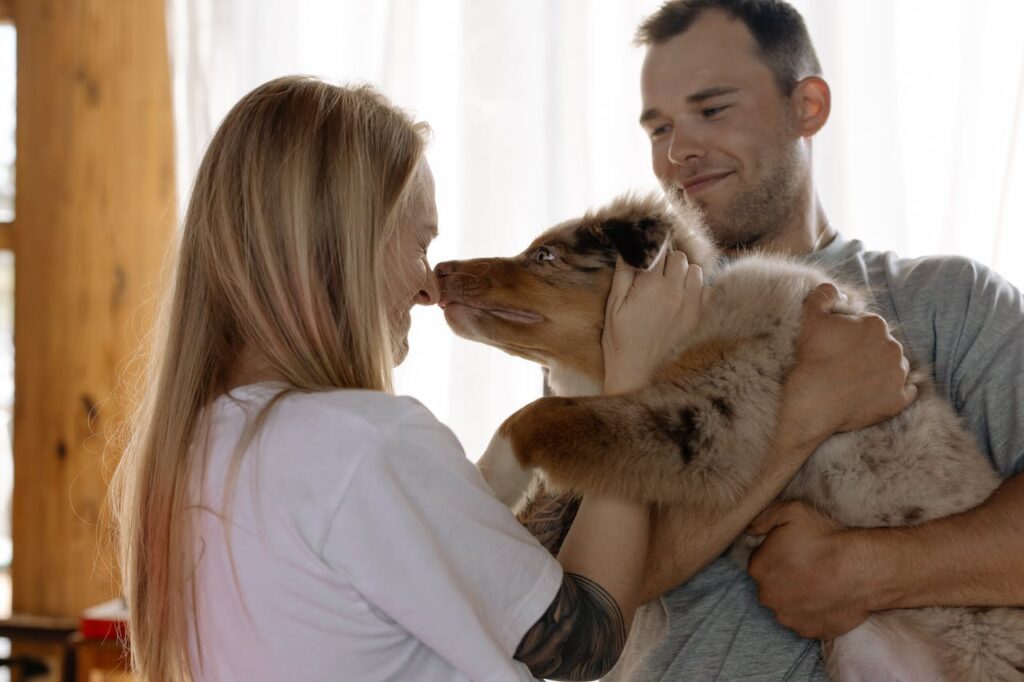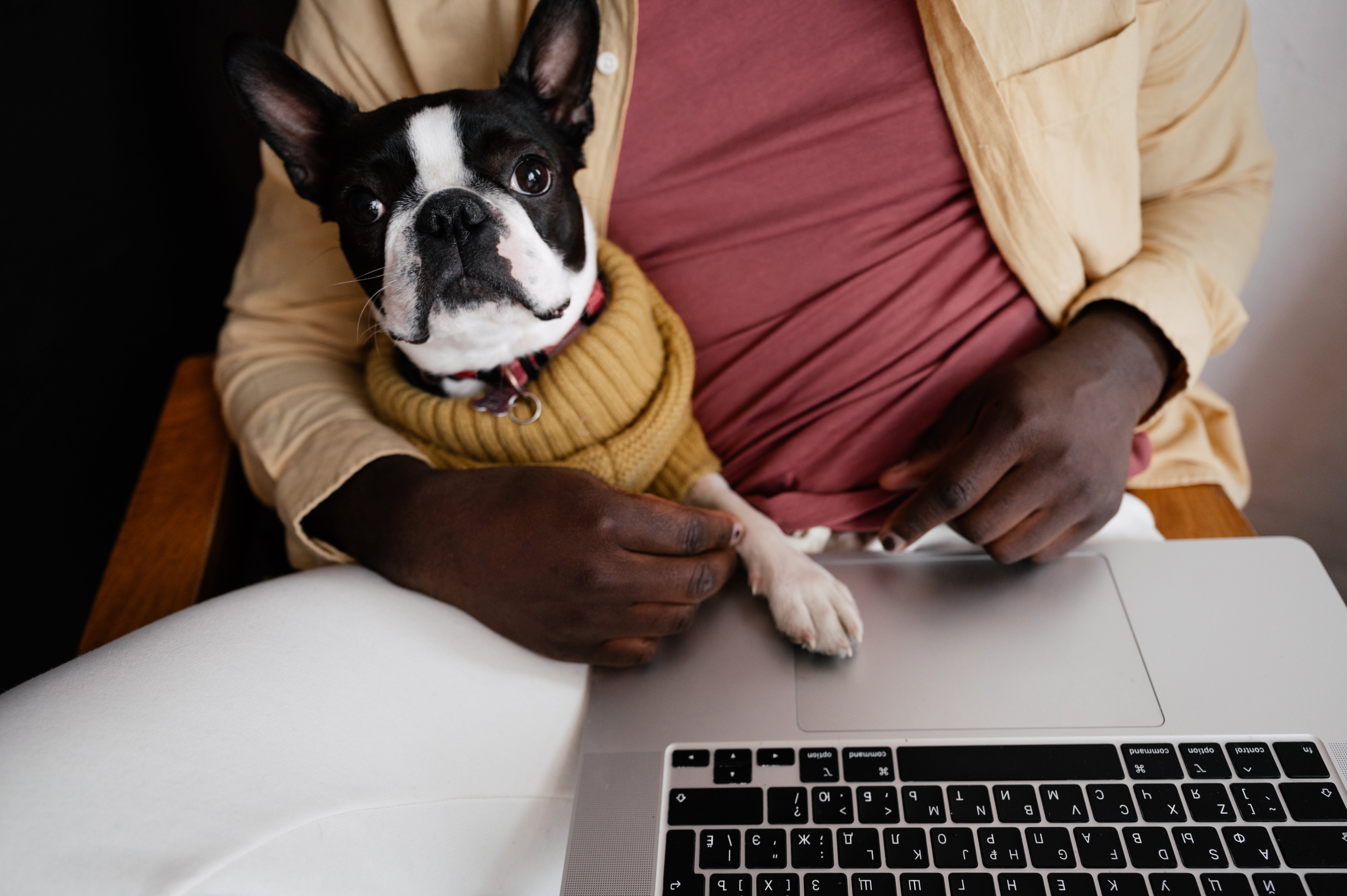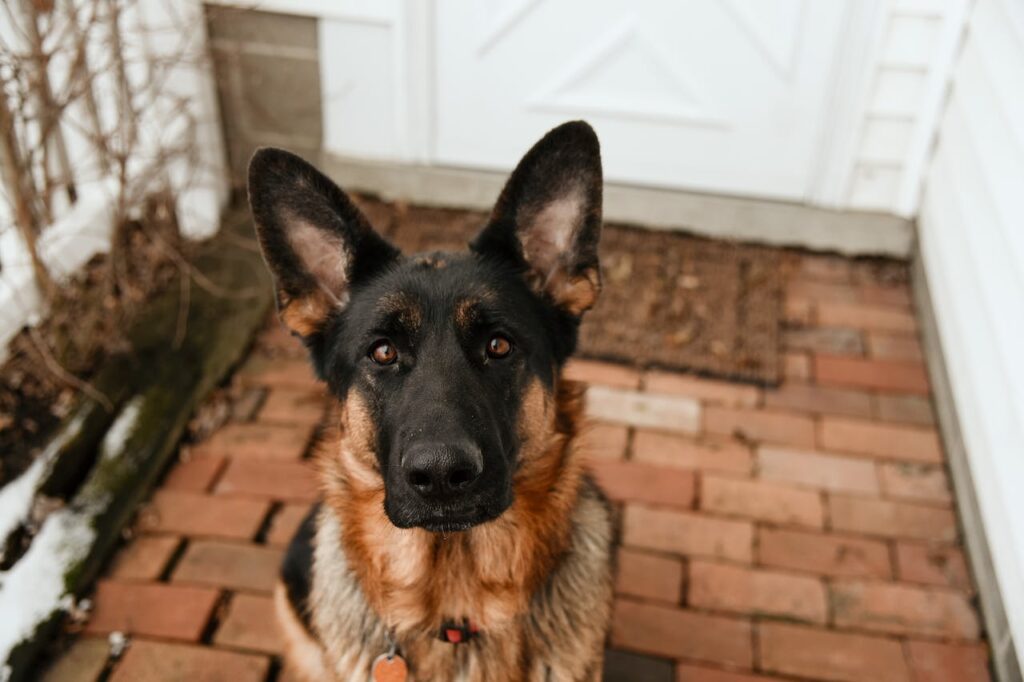TREAT-A-BALLS Chewy & Soft Dog Treats, All Natural, Non-GMO, Vegan, Gluten Free, Low Calorie Dog Treats for All Breeds & Sizes - Made in New Zealand, Peanut Butter, Blueberry, Banana 18pk
$9.95 (as of December 14, 2025 16:18 GMT +00:00 - More infoProduct prices and availability are accurate as of the date/time indicated and are subject to change. Any price and availability information displayed on [relevant Amazon Site(s), as applicable] at the time of purchase will apply to the purchase of this product.)How do you know if your dog is feeling well or needs to see a vet? One way to keep track of your dog’s health is to do a DIY dog health check at home. This is a simple, easy way to examine your dog from head to tail and look for any signs of illness or injury. Doing a DIY dog health check can help you detect any problems early and get your dog the treatment they need. It can also save you money and time by avoiding unnecessary vet visits. Here are the top 7 tips for a successful DIY dog health check that you can do anytime, anywhere.
Gather your supplies
Before you start the checkup, you need to gather some supplies that will help you examine your dog. You will need:
- A digital thermometer to measure your dog’s temperature
- A stethoscope to listen to your dog’s heart and lungs
- A flashlight to check your dog’s eyes, ears, and mouth
- A brush or comb to check your dog’s coat and skin
- A pair of scissors or clippers to trim your dog’s nails
- A scale to weigh your dog
- A notebook and pen to record your findings
Make sure you have everything ready before you begin the checkup.

Choose a good time and place
For the best results, choose a calm and relaxed moment when your dog is feeling comfortable. Make sure you’re in a quiet and comfortable place where there won’t be any distractions. Whether you choose your couch, bed, or floor, make sure you have enough space and light to perform the checkup. While doing the checkup, don’t forget to give your dog treats and praise, so that the experience is positive and enjoyable for both of you.

Start with the nose
A healthy dog nose should be smooth, moist, and clean without any discharge, crust, or cracks. Take a moment to gently touch your dog’s nose and feel its temperature and texture. While a warm and dry nose might not mean illness, extreme temperatures or unusual wetness or dryness could be cause for concern. If you notice any signs of infection or injury, don’t hesitate to contact your veterinarian. A quick check could save your doggy friend from undue suffering.

Move on to the eyes
One of the things you should always check is your dog’s eyes. Bright, clear, and moist eyes with equal pupil size and no redness, swelling, or discharge signify good health. You can inspect your dog’s eyes using a flashlight. If you see any signs of infection, irritation, or disease in your dog’s eyes, don’t hesitate to contact your vet. Keep your dog’s eyes healthy to ensure a happy and active life for your furry buddy.

Check the ears
A healthy dog’s ears should be free of any odor, wax, dirt, or parasites, and should appear clean and dry. To check, you can gently flip your dog’s ears and take a look inside with a flashlight. Additionally, try massaging your dog’s ears to gauge their reaction. A healthy dog should enjoy this experience and show no signs of discomfort or pain. However, if you detect any signs of inflammation, infection, or injury in your dog’s ears, it’s crucial to contact your vet right away to ensure your pup gets the care they need.

Examine the mouth
Your dog’s dental health is just as important as their overall well-being. Take a moment to check your dog’s mouth and ensure it’s clean, fresh, and free of any issues such as bad breath, plaque, tartar, or cavities. Gently open your dog’s mouth and examine their teeth and gums. Press your finger on their gums and take note of how quickly they return to their normal color. Healthy gums should be pink, and moist, and return to their normal color within two seconds. If you notice any signs of dental problems, gum disease, or infection, don’t hesitate to contact your vet. Read more about Unveiling Secrets to a Healthy Dog Smile: Doggy Oral Hygiene here.

Inspect the body
The last thing you want to check is your dog’s body. By using a brush or comb to check their coat and skin, you can detect any lumps, bumps, or wounds. You can also use your hands to feel your dog’s body and look for any abnormalities.
You should check your dog’s:
- Neck and throat for any swelling or pain
- Chest and abdomen for any breathing difficulties or bloating
- Back and spine for any stiffness or soreness
- Legs and paws for any limping or injuries
- Nails for any overgrowth or splitting
- Tail and anus for any signs of worms or infection
You should also weigh your dog and compare it to their ideal weight for their breed and size. A healthy dog should have a visible waist and a slight tuck in their abdomen, without being too thin or too fat. If your dog’s body has any signs of illness, injury, or obesity, contact your vet immediately

Conclusion
Performing a DIY dog health check at home is an excellent way to monitor your dog’s health. You can detect any issues early and get your dog the necessary treatment. Remember, your dog’s health is in your hands!







